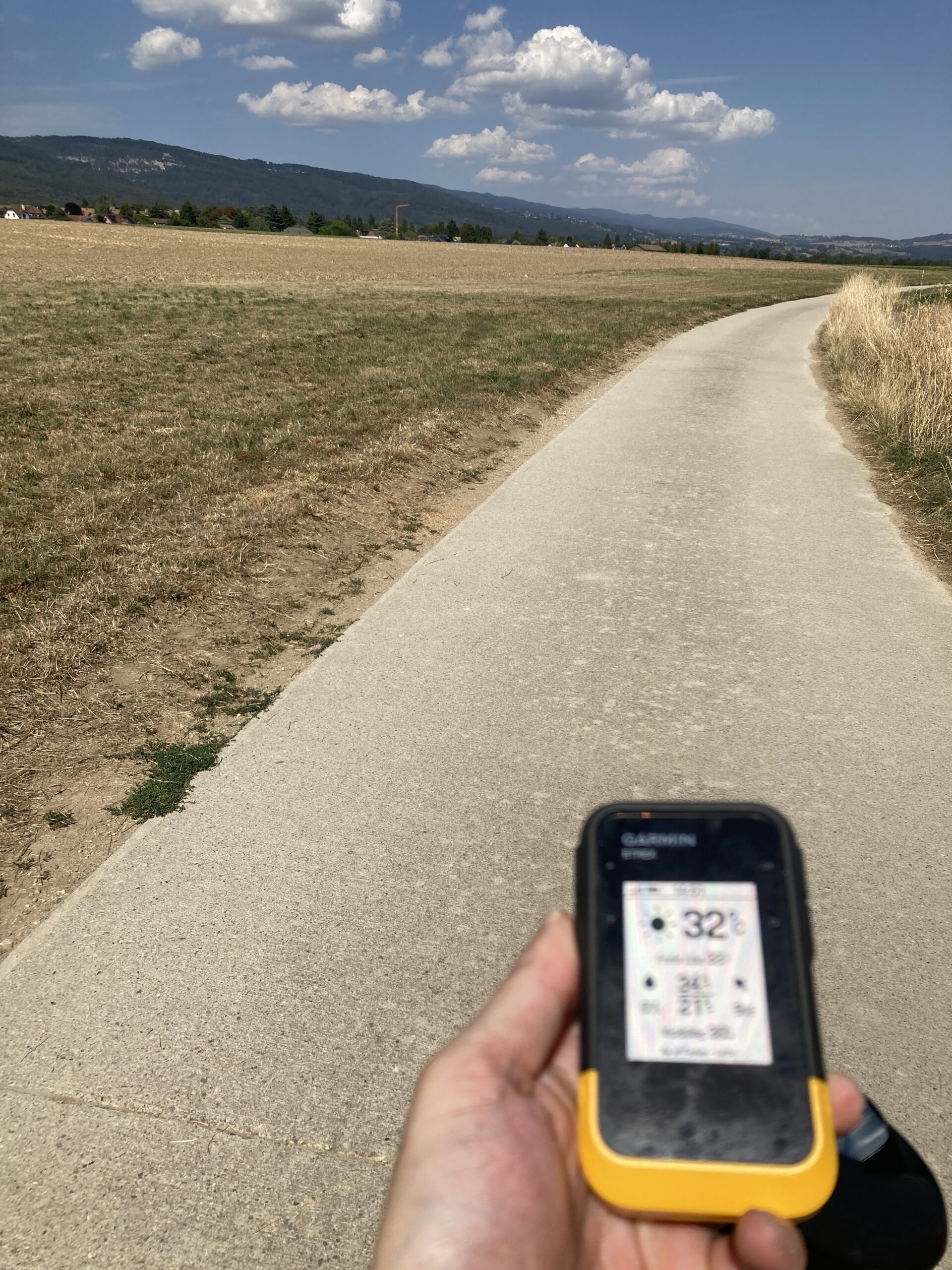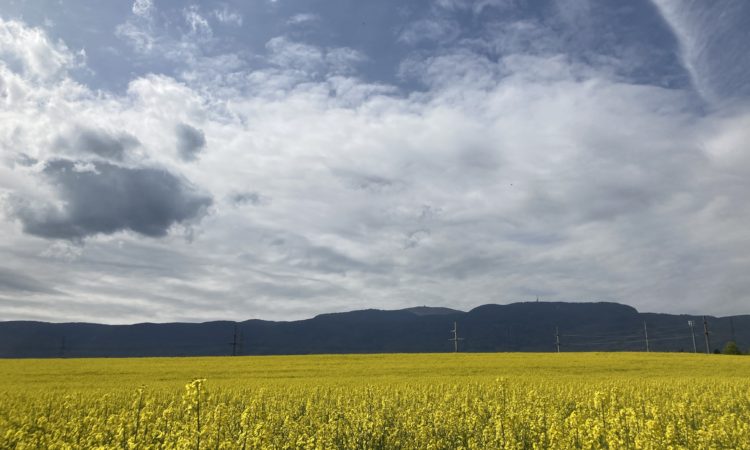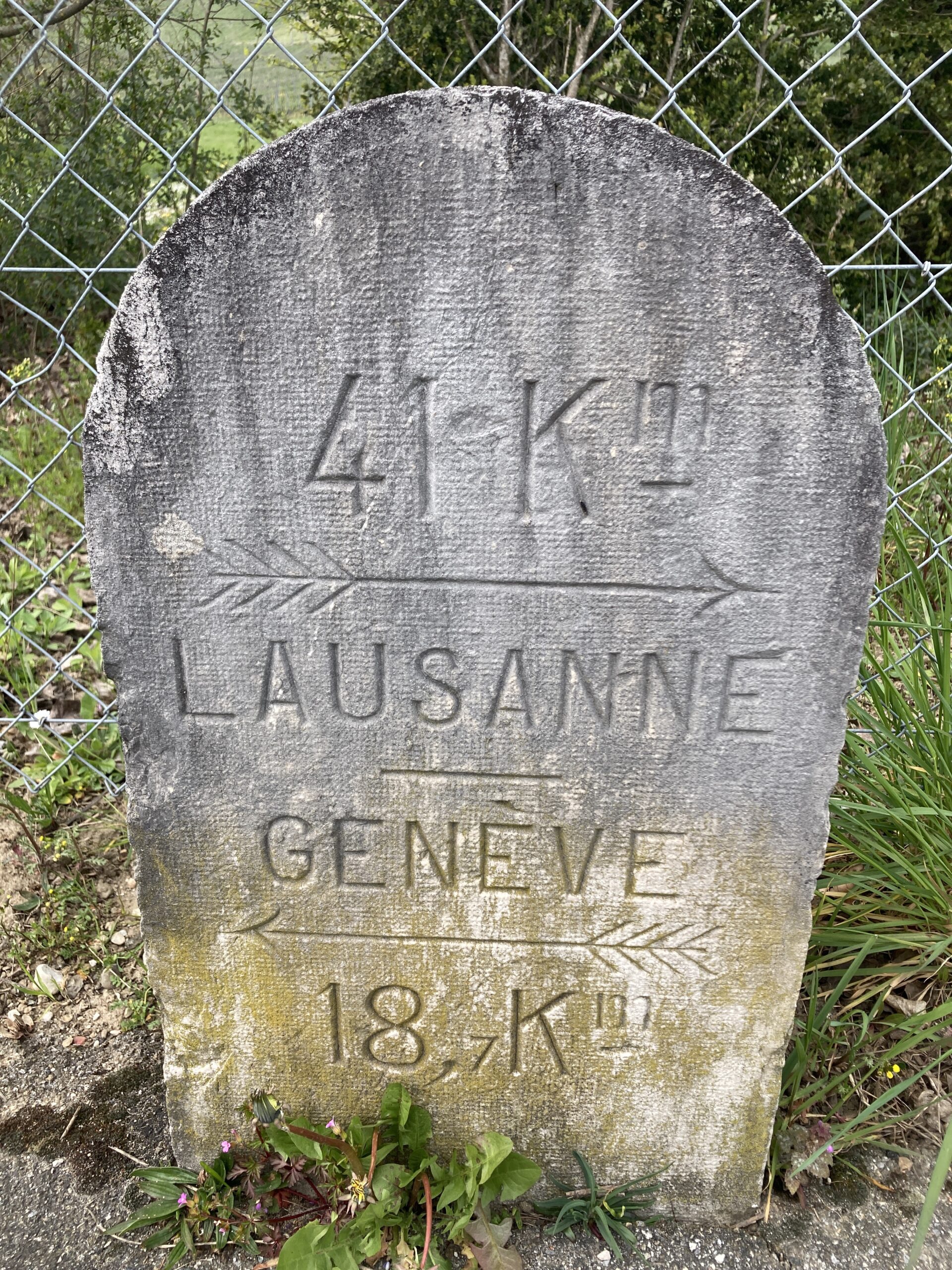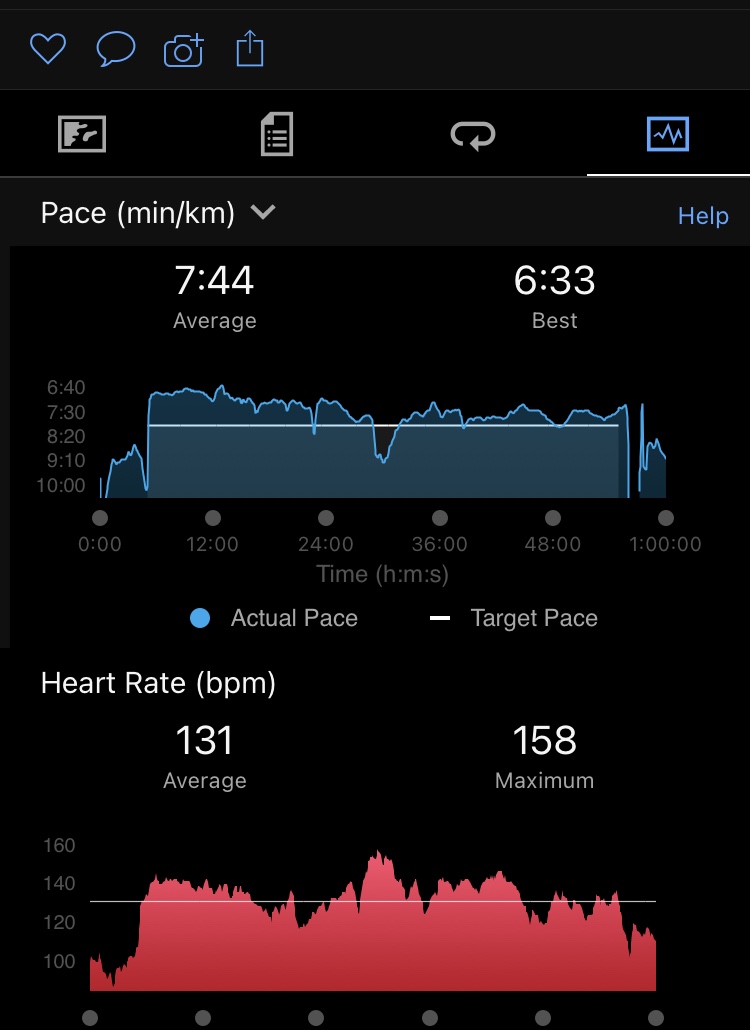Tag: daily walk
-
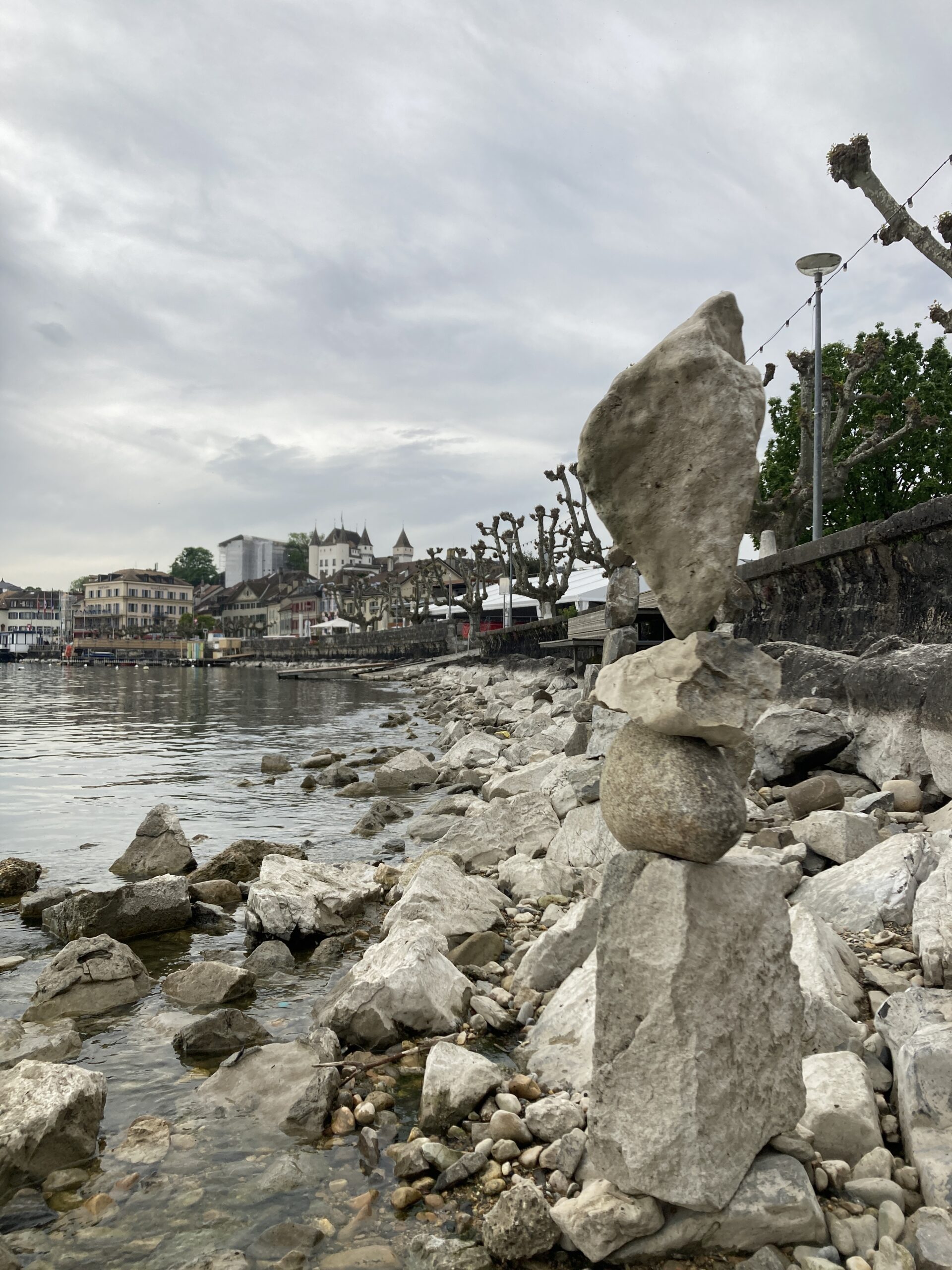
Urban Walks
Reading Time: 2 minutesI have walked in London, Paris, Rome, Geneva, Lausanne Florence and other cities for many hours at a time. I would often walk in London until I got too tired to continue, and then I would catch the tube back to somewhere I knew, and then I’d walk some more. I did…
-
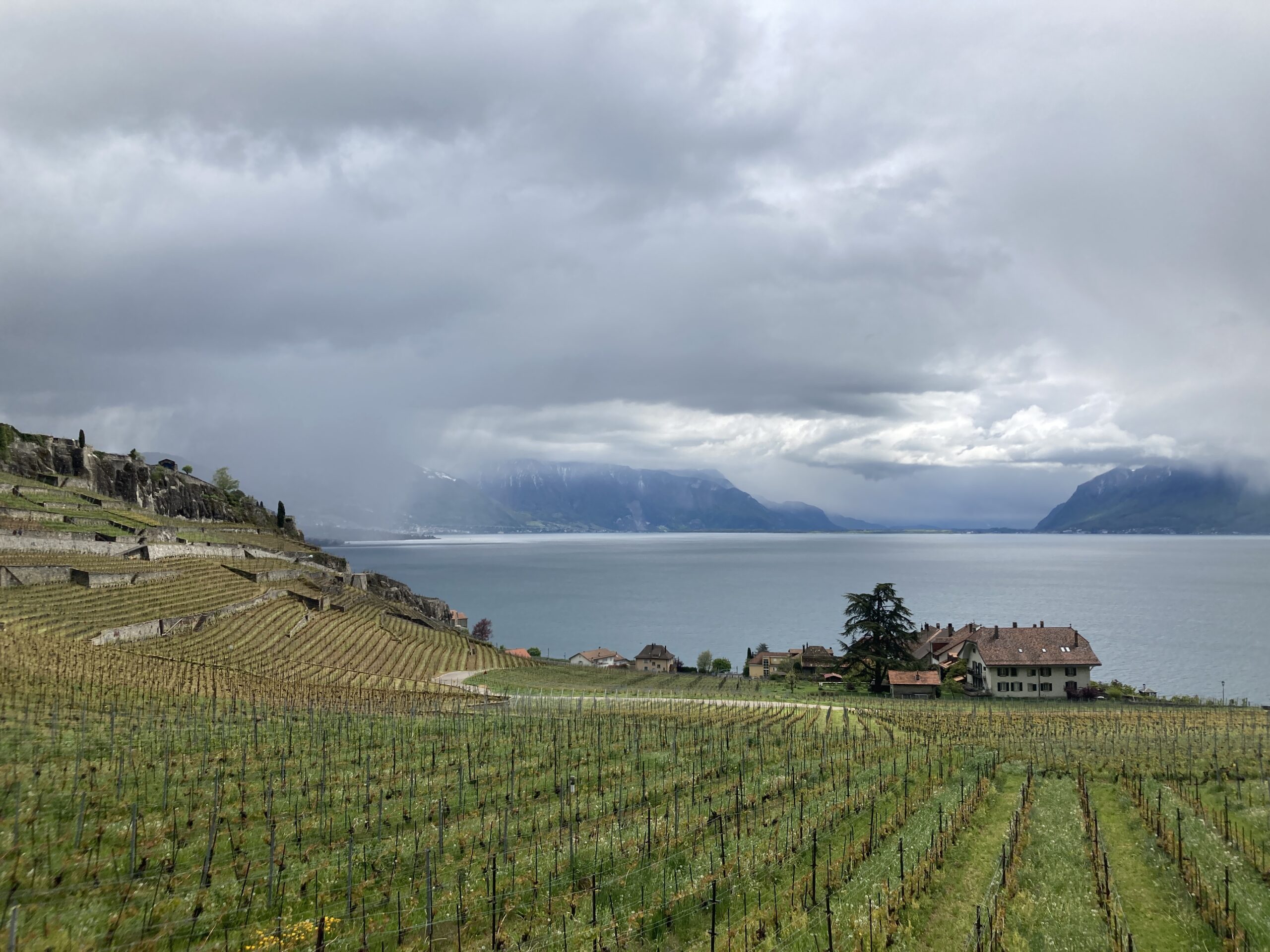
The Daily Walk Re-Routed
Reading Time: 4 minutesA year or two ago there were road works along a bit of road. Now the road works are back, on the same bit of road. Due to it being spring, and due to rain being quite enthusiastic this year, the route (pronounced root, not grout), is impassible. It’s not impassible because…
-
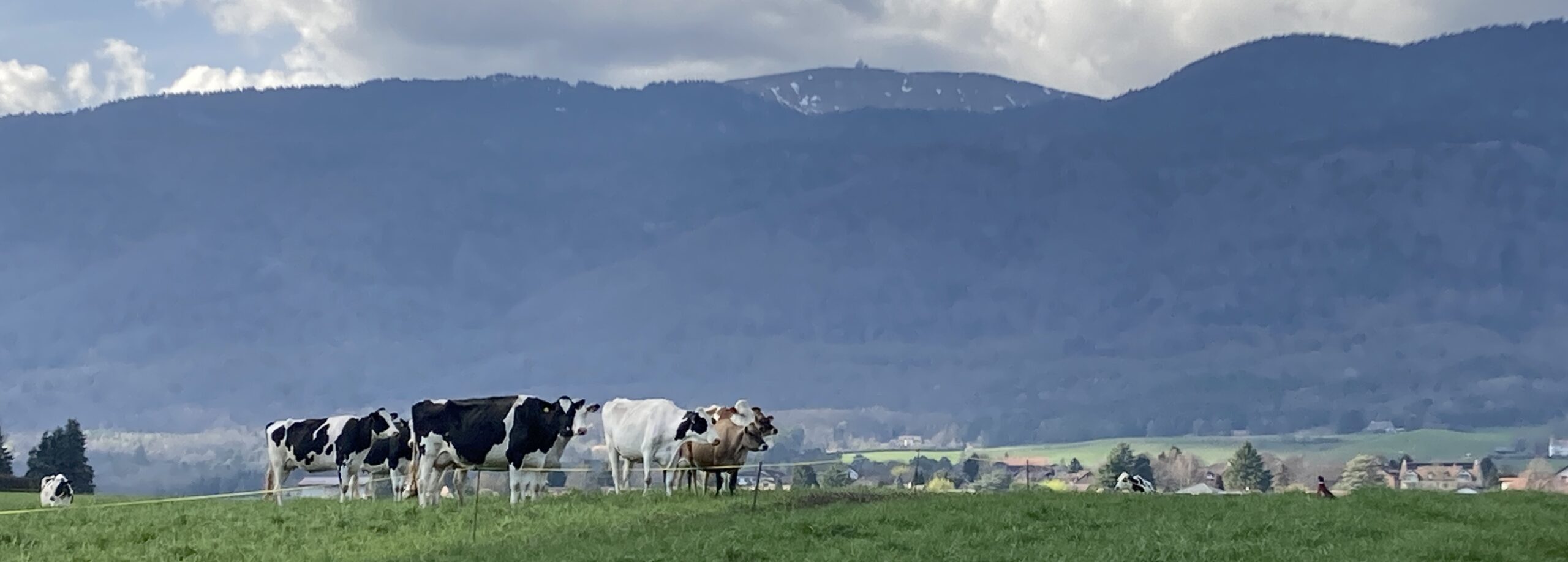
The Cow and Pheasant
Reading Time: < 1 minuteToday I went for my daily walk and I came across a couple of pheasants. One was female and the other was male. I was actually standing right next to the female and didn’t realise until she flew away from me. I was startled but no more. I was more focused…
-
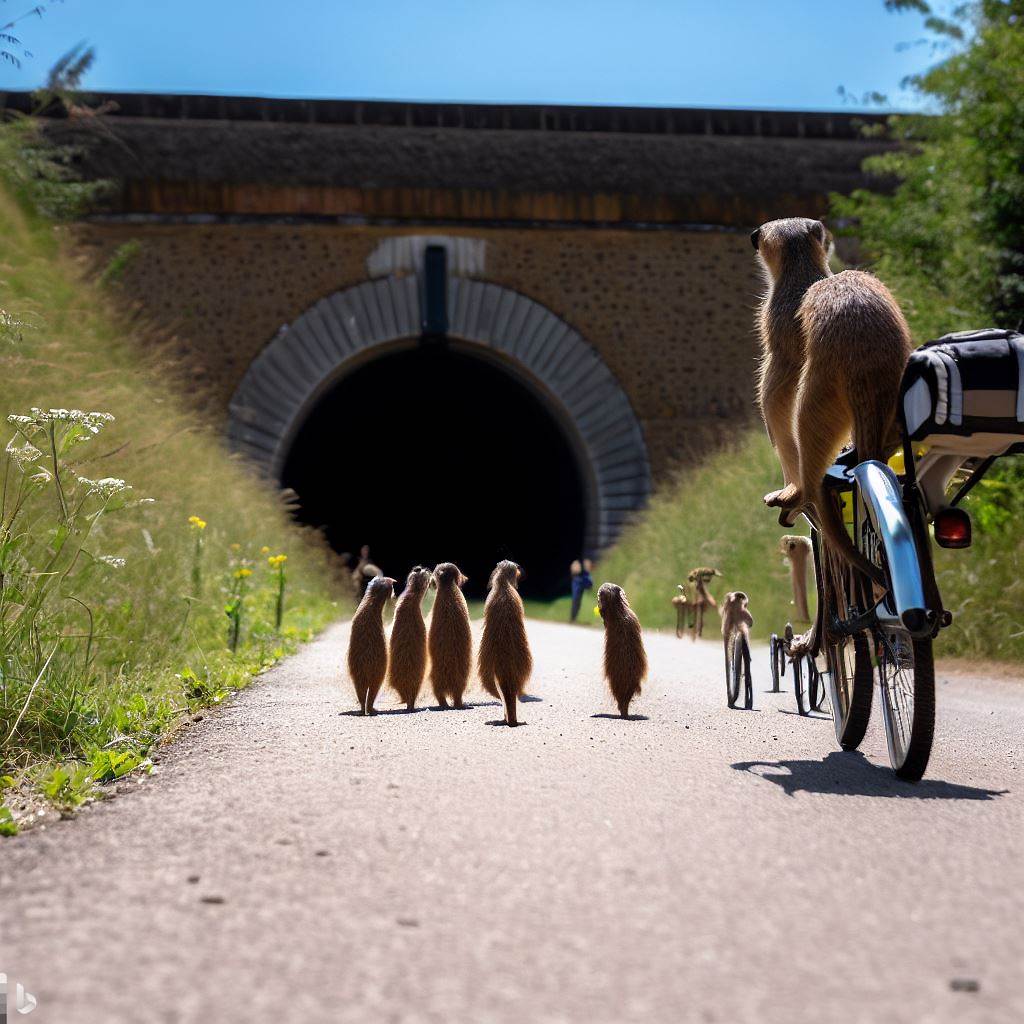
Cyclist Sightings
Reading Time: < 1 minuteYesterday I went for a walk, during which I listened to two podcasts via AudioBookShelf, but that’s not the point of this post. The point of this post is that the seasons have changed. The snow has melted and there was a brief interlude in rain so plenty of people went…
-
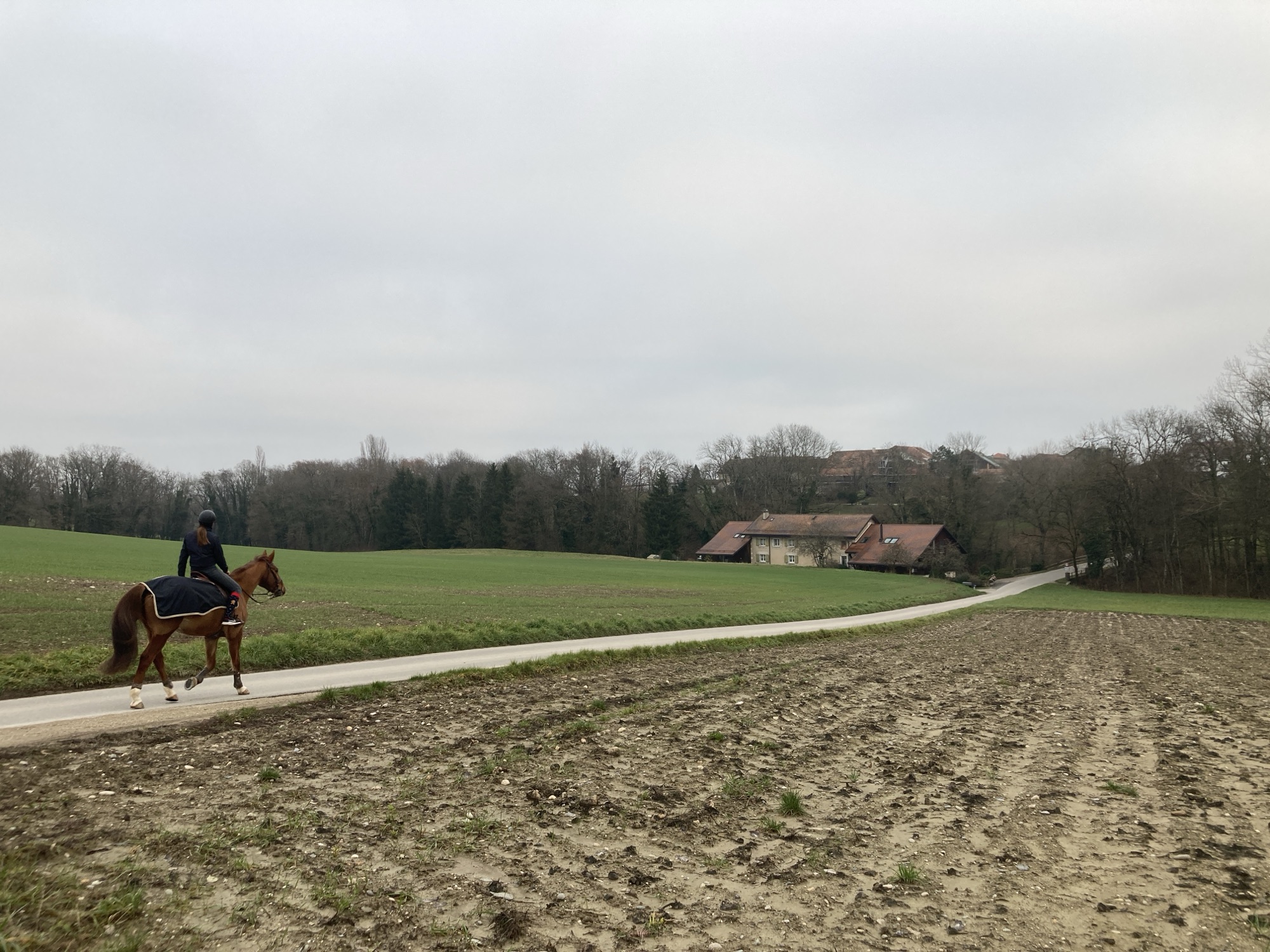
Walking in Rain – Not Singing
Reading Time: 3 minutesWhen some people see that it’s grey or rainy they don’t want to go for a walk. They don’t want to get rained on and they don’t want to experience the discomfort of being in a wet environment. I don’t mind the rain. I don’t mind wearing a rain coat and rain…
-
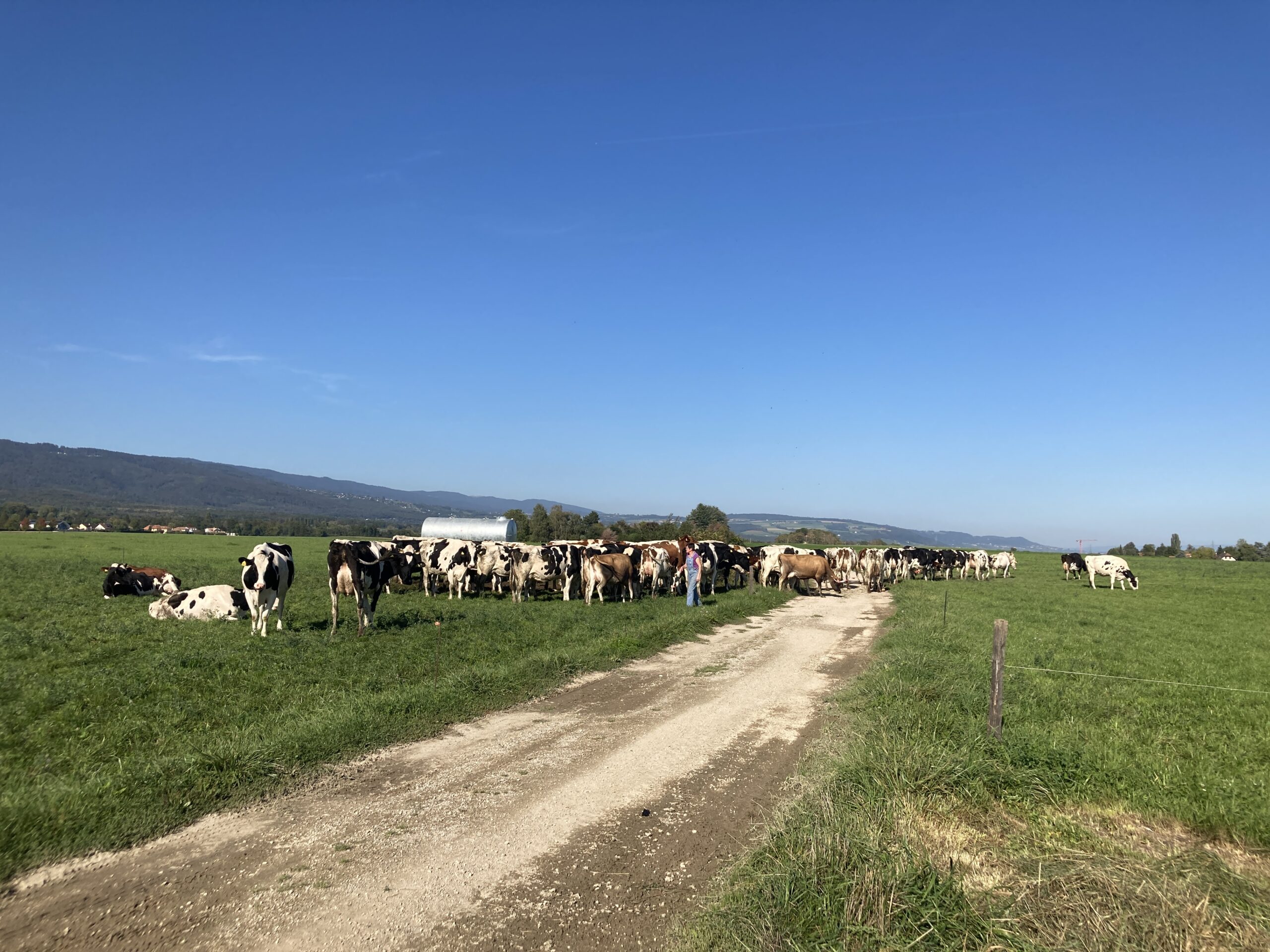
A Walk During Cow Rush Hour
Reading Time: 4 minutesYesterday I decided that I would start my walk by going along a dangerous bit of road, at the start of the road. The idea behind this is to avoid being endangered by selfish car drivers when I’m fatigued. It’s better to put up with their dangerous behaviour ahead of a walk,…
